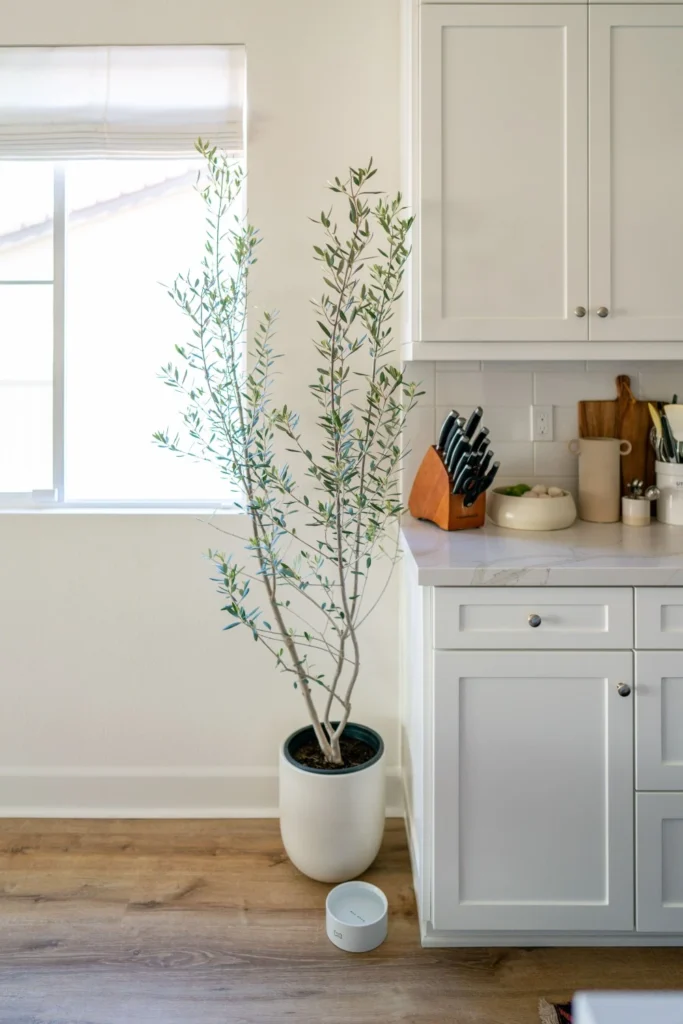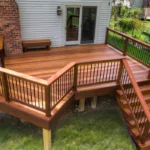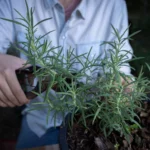Nestled near a sunny window, an olive indoor tree can be both a beautiful and purposeful addition to your home. Beyond its aesthetic charm, this Mediterranean native is more than decorative—it actively contributes to air purification, offers a sense of tranquility, and adds rustic elegance to any room. For those of us who appreciate natural home décor with function and personality, growing an olive tree indoors is an attainable delight.
Why Choose an Olive Indoor Tree?
Olive trees are symbolic of peace, prosperity, and endurance. Indoors, their silvery-green foliage brings a calming tone to interiors, harmonizing beautifully with a range of design styles—from farmhouse chic to modern minimalism.
But what truly sets an olive indoor plant apart is its contribution to better indoor air quality. Like many indoor plants, olive trees absorb carbon dioxide during photosynthesis and release oxygen. While we often reach for tropicals like palms or figs (see how to plant a fig tree from a cutting) for this purpose, olive trees offer a woody, sculptural presence that’s both rare and grounding indoors.
Best Olive Tree Varieties for Indoor Growing
When selecting an olive tree to grow indoors, dwarf varieties are your best bet. These cultivars maintain manageable heights and grow more slowly, making them ideal houseplant candidates.
Top Indoor Olive Tree Varieties:
- Arbequina: Popular for its compact growth and adaptability. It produces small fruits and tolerates indoor conditions well.
- Picholine: Known for narrow leaves and striking form, ideal as a decorative tree.
- Little Ollie (Olea europaea ‘Montra’): A fruitless, non-flowering dwarf variety that's especially suited for ornamental indoor use.
Choosing a dwarf variety ensures that your plant won’t overgrow its container or overwhelm your limited space while still gifting you with all the charm of a full-grown olive tree.
Creating the Ideal Environment for Olive Indoor Plants
When nurturing any plant inside, replicating its natural environment is key. Olive trees are native to arid, sunny regions of the Mediterranean. With the right setup, they can adapt to life indoors with surprising grace.
Light Requirements
Olive trees demand bright, direct sunlight—ideally at least 6 hours per day. South-facing windows are perfect. If your windows don’t provide enough natural light, consider a grow light to maintain healthy foliage.
Temperature & Humidity
These trees thrive in average indoor temperatures and do best in dry air. Avoid placing them near heating vents or drafts. Olive indoor trees appreciate a consistent climate:
- Average temperature: 65–75°F (18–24°C)
- Minimal cold drafts; never below 40°F (4°C)
- Low humidity tolerance, ideal for dry indoor winter air
Soil and Potting
Olive trees need well-draining soil with a sandy or gritty texture. Opt for a cactus or citrus potting mix to avoid soggy roots. The container should have ample drainage holes, and while decorative pots are tempting, they'll need to be functional too.
Repotting is necessary every few years or when roots start peeking out the bottom. Choose a pot just one size larger than the current one to avoid water retention issues.
Watering and Feeding: Balance Over Abundance
One of the most common mistakes with olive trees indoors is overwatering. These Mediterranean dwellers are drought-tolerant, and their roots dislike sitting in moisture.
Watering Tips:
- Allow the top 2" of soil to dry out between waterings.
- Use a moisture meter or finger test rather than following a strict schedule.
- Reduce watering frequency during the dormant winter months.
Fertilizing Schedule:
During spring and summer (active growth periods), apply a balanced liquid fertilizer every 4–6 weeks. In fall and winter, restrict feeding altogether to allow the tree to rest.
Pruning for Shape and Health
Indoors, pruning is both aesthetic and practical. It helps maintain shape, encourages airflow between branches, and reduces the risk of pests. You can also train your olive indoor plant into a small tree or more shrubby form depending on your preference.
Here’s how to prune effectively:
- Use clean, sharp shears.
- Remove dead, damaged, or crossing branches.
- Aim for open space in the center to mimic natural airflow.
- Prune in late winter or early spring before new growth begins.
Olive trees naturally grow slowly indoors, giving you time to shape and nurture them gradually. For those who enjoy tending houseplants as a calming ritual, this slow growth is a rewarding process.
Pests and Challenges: How to Keep Your Tree Thriving
While relatively resilient, olive indoor trees can sometimes suffer from typical indoor pests like spider mites, scale, or aphids. The key is to catch problems early:
Preventative Measures:
- Check leaves and stems regularly.
- Maintain good airflow and avoid overcrowding with other plants.
- Wipe leaves with a damp cloth every now and then.
Should you spot any signs of trouble—sticky residue, curled leaves, or tiny webs—treat the plant with neem oil or an insecticidal soap. For more tips on managing pests without harsh chemicals, consider reading how to keep spiders out of your house.
Root rot is another potential issue, especially if overwatered or left in stale, compacted soil. Always check the soil's surface before watering and repot when needed to refresh its drainage.
Olive Trees as a Design Element in the Home
There’s something deeply comforting about living greenery—especially when it's tall, architectural, and brimming with personal care. Much like tall indoor plants for small spaces, an olive indoor tree draws the eye upward, adding dimension and layered texture to a room.
Think of it next to a linen-upholstered armchair with a bookcase nearby, or in a clay pot beside a kitchen window where morning light floods in. Their earthy tones harmonize naturally with:
- Neutral color schemes
- Wooden or stone materials
- Soft, natural-fiber textiles
And since olive trees generally stay tidy in shape, they fit comfortably in tight nooks, corners, or even on patios during summer.
Propagation: Starting Olive Trees from Cuttings
If you’re interested in expanding your indoor garden or gifting a piece of your tree to a fellow home décor-loving friend, propagating from cuttings is a cost-effective and meaningful endeavor.
To propagate from cuttings:
- Take a 6–8" semi-hardwood cutting from the parent tree in late summer.
- Remove leaves from the bottom 2 inches.
- Dip the end in rooting hormone.
- Plant in a pot with well-draining potting mix.
- Cover with a plastic bag to retain moisture and place in indirect light.
- Roots should form in 6–8 weeks.
This process does take patience, but there’s nothing more rewarding than nurturing life quite literally from branch to bloom. Those who like propagating might also enjoy exploring how to nurture a new jasmine garden or succulent nursery.
Seasonal Care and Outdoor Transitions
In warmer months, consider giving your olive tree a seasonal break outdoors. Transition it slowly to prevent shock—start with a shaded patio area and gradually increase sun exposure.
Just be sure to:
- Bring it back indoors before temperatures dip below 40°F.
- Inspect for pests before reintroducing it to your home.
- Avoid major placement changes; consistency supports plant health.
This seasonal rotation mimics natural cycles and can even boost fruiting in well-established trees.
Final Thoughts on Growing Olive Indoor Trees
Bringing an olive indoor tree into your living space is more than an aesthetic choice. It’s a way to connect with slow, intentional living. To offer your home something alive, beautiful, and beneficial. Whether you're focusing on air purification, room design, or the simple pleasure of tending a plant, the olive tree offers a graceful and enduring presence in indoor gardening.
As we cultivate these trees in our homes—beside windows, in cozy corners—we also nurture spaces that feel breathable, calm, and uniquely ours.
With a bit of patience, attention, and sunlight, any home can enjoy the warmth and peace that an olive indoor tree brings.



